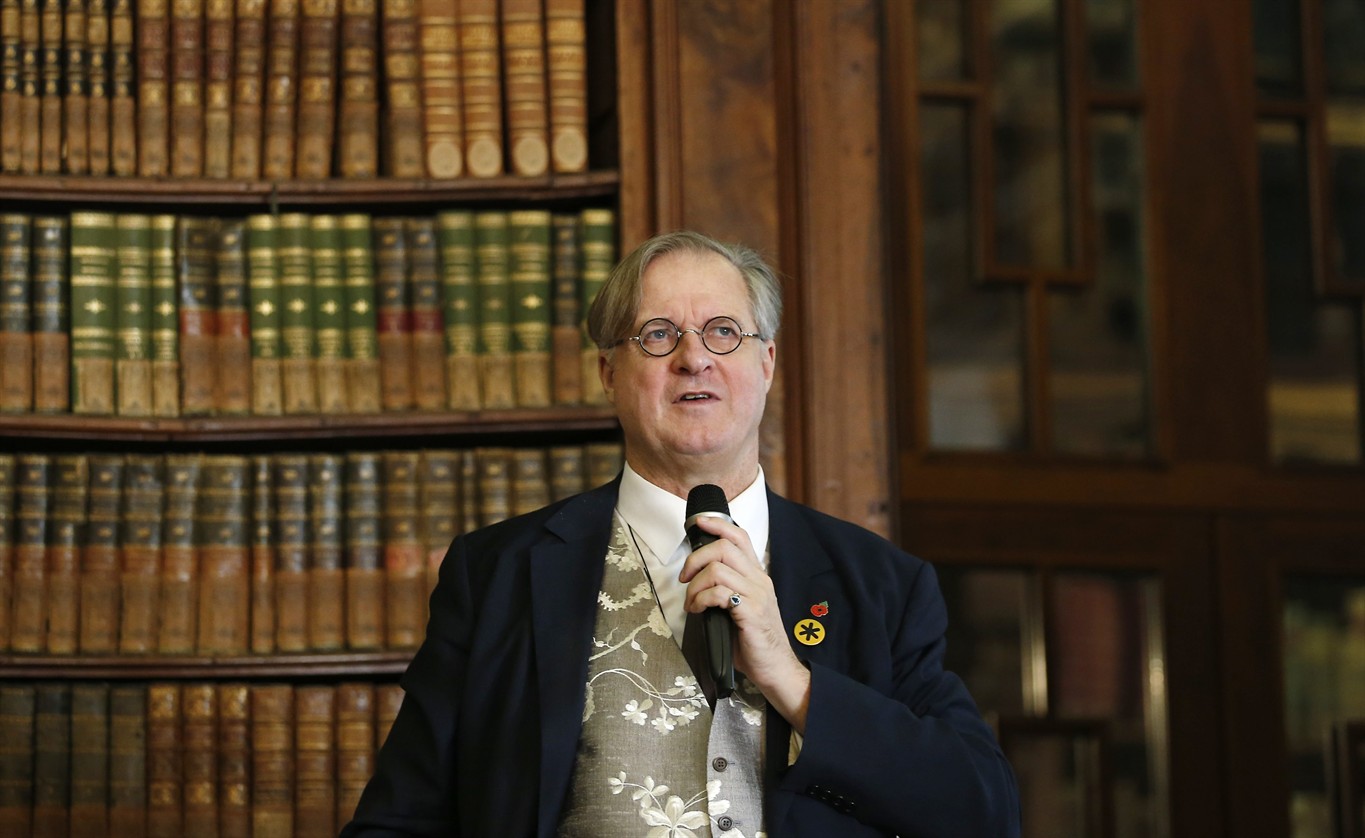MILAN – The director of the Brera Art Gallery in Milan has courted controversy by including in a new show a painting whose attribution to Caravaggio is still being debated.
Critics charge the decision to display a panting of “Judith Beheading Holofernes,” discovered two years ago in an attic in southern France, legitimizes its attribution to Caravaggio, driving up the work’s price were it to be put on the market. A prominent art historian has quit the Brera’s scientific committee in protest.
But gallery director James Bradburne on Monday defended the work’s display as fulfilling one of a museum’s missions, “to be a laboratory for creating new knowledge,” and not an endorsement.
“If we are not that, we are just a big shed with some stuff on the walls,” Bradburne told The Associated Press.
Some of the controversy was born out of the owner’s insistence that the painting be hung with the Caravaggio attribution — which the Brera has done. But to distance itself from the still-disputed label, the museum added an asterisk that leads to a disclaimer lower on the wall that the attribution was a condition of the loan and did not reflect the position of the gallery or any of its personnel.
Bradburne, who has been director of the Brera for a year, says experts, not museums, have the responsibility of deciding attribution, while museums have the unique ability to show works side-by-side to spark a discussion.
“No scholar on the planet can decide to bring five masterpieces and stick them together in his bedroom so he can look, or she can look, to see if it is what it says it is going to be. Only museums can do that,” he said.
Still, Bradburne said he would not have shown the painting if it were indeed on the market now.
The painting, whose sale has been frozen for three years by the French government so its provenance can be further studied, is being displayed with a well-documented Caravaggio, the Brera’s own “Supper at Emmaus,” and other known copies or suspected copies of the Baroque master’s work.
The owner has put a price of 120 million euros on it, and Bradburne said the French government was expected to exercise the right of first refusal.
The debated work is being shown side-by-side with a 1607 copy by Louis Finson, who is known to have had the original by Caravaggio in his workshop that later went missing. Some scholars believe the work recovered in France is indeed the long-missing original.
Bradburne said the side-by-side placement may well aid historians in their quest to decide its true origins.
“Certainly it is putting in a piece of the puzzle. Can it be a definitive answer? I doubt anything can. It is a piece of the puzzle that nobody has done before, or could do.”
The six-painting display runs through Feb. 5. It is part of a series aimed at encouraging visitors to remain loyal to the museum during a three-year restoration period, during which sections are being closed on a rotating basis.







